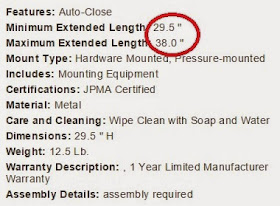Slow cooker, how I love thee. Let me count the ways:
1. With a little prep work in the morning or previous evening, a full dinner is waiting for me on those long, dark days when I have zero energy to plan and create a meal.
2. It allows me to buy healthier/unprocessed foods that take a long time to cook usually.
3. If I use both of my slow cookers (yes, I have TWO), I can make dinner and a side or dessert. For example, I might have meatloaf in one and mashed potatoes in another.
And speaking of mashed potatoes, I'd like to share the slow cooker recipe that changed my life:
Slow Cooker Mashed Potatoes
Wash the potatoes. My slow cooker is about 5 quarts, so I used most of a 5 pound bag of Russets.
If you want "lumpy" and "authentic", peel them and leave the potatoes whole and/or halve them and leave the skins on. If you want them creamier, peel them and halve them.
Sprinkle generously with salt.
Fill crockpot to within 1/2” of the top of the potatoes. I've read that the water needs to be hot before putting it in the slow cooker, but I have always just used cold tap water.
Cover it with the lid.
Use the high setting for 4-6 hours OR low for 8-10 hours. Since slow cooker temps vary, check the potatoes at the lower end of the time frame and adjust cooking times according to your cooker's temps.
Drain the potatoes.
Add butter, salt, and milk or cream to taste. I also like some pepper, but I've started adding that to my own serving instead of the entire slow cooker because my Little Man isn't quite ready for pepper yet.
Use a hand mixer to whip the potatoes right in the slow cooker.
Cover with lid and set to “warm”. Don’t keep them on this setting for too long or the potatoes will become pasty.
Voila! The perfect compliment to just about any meal.








